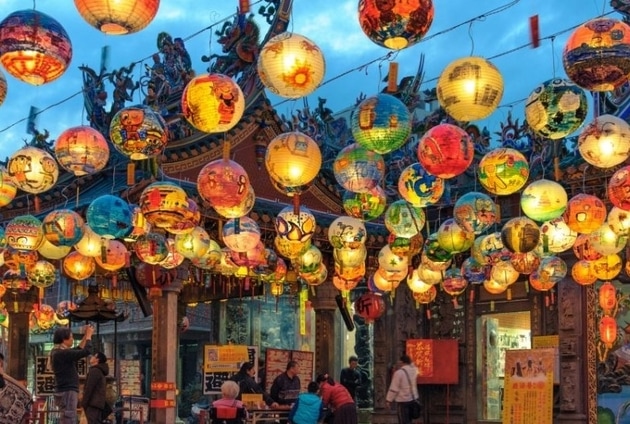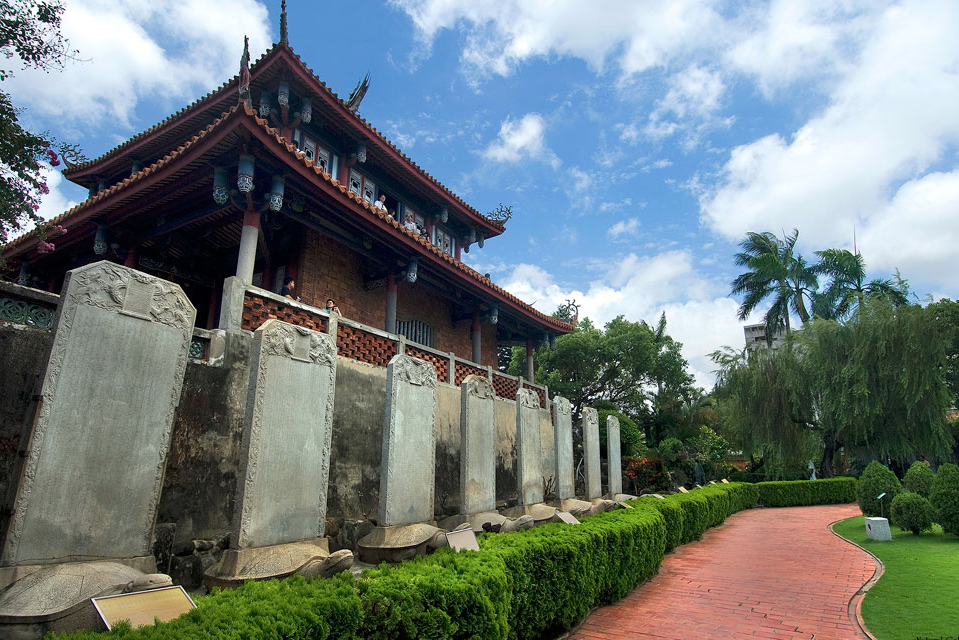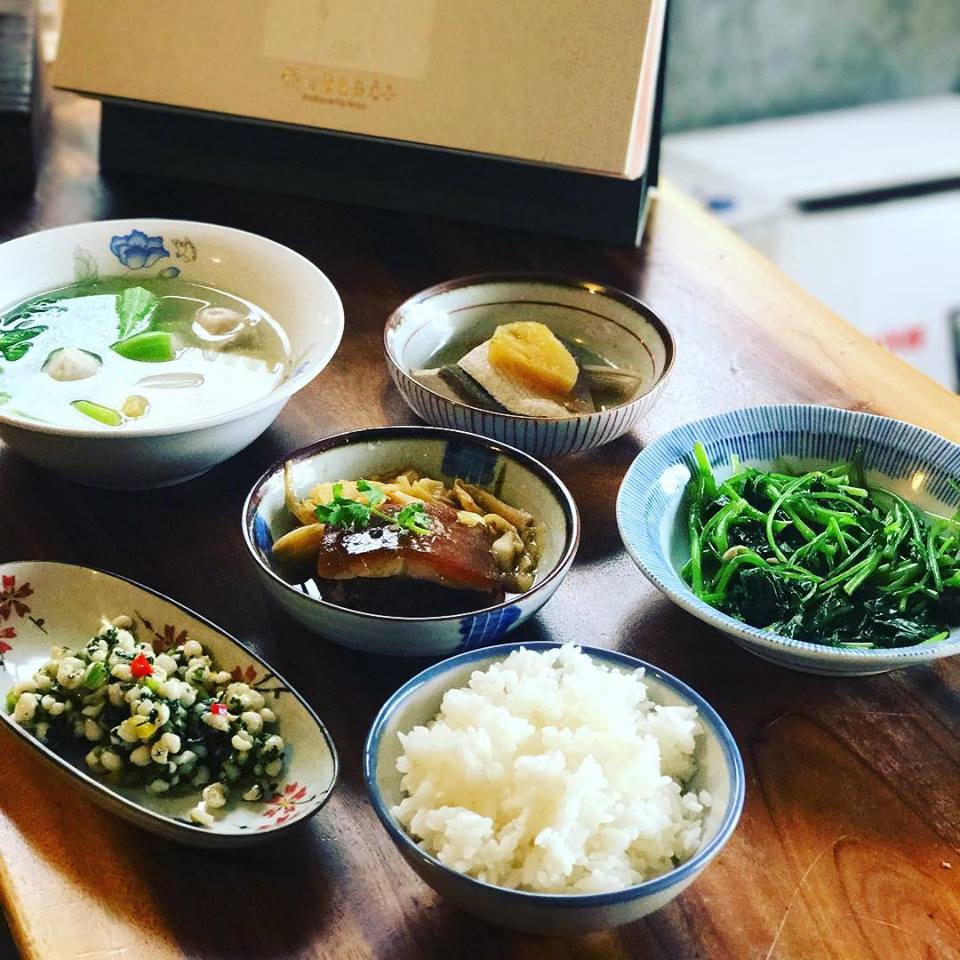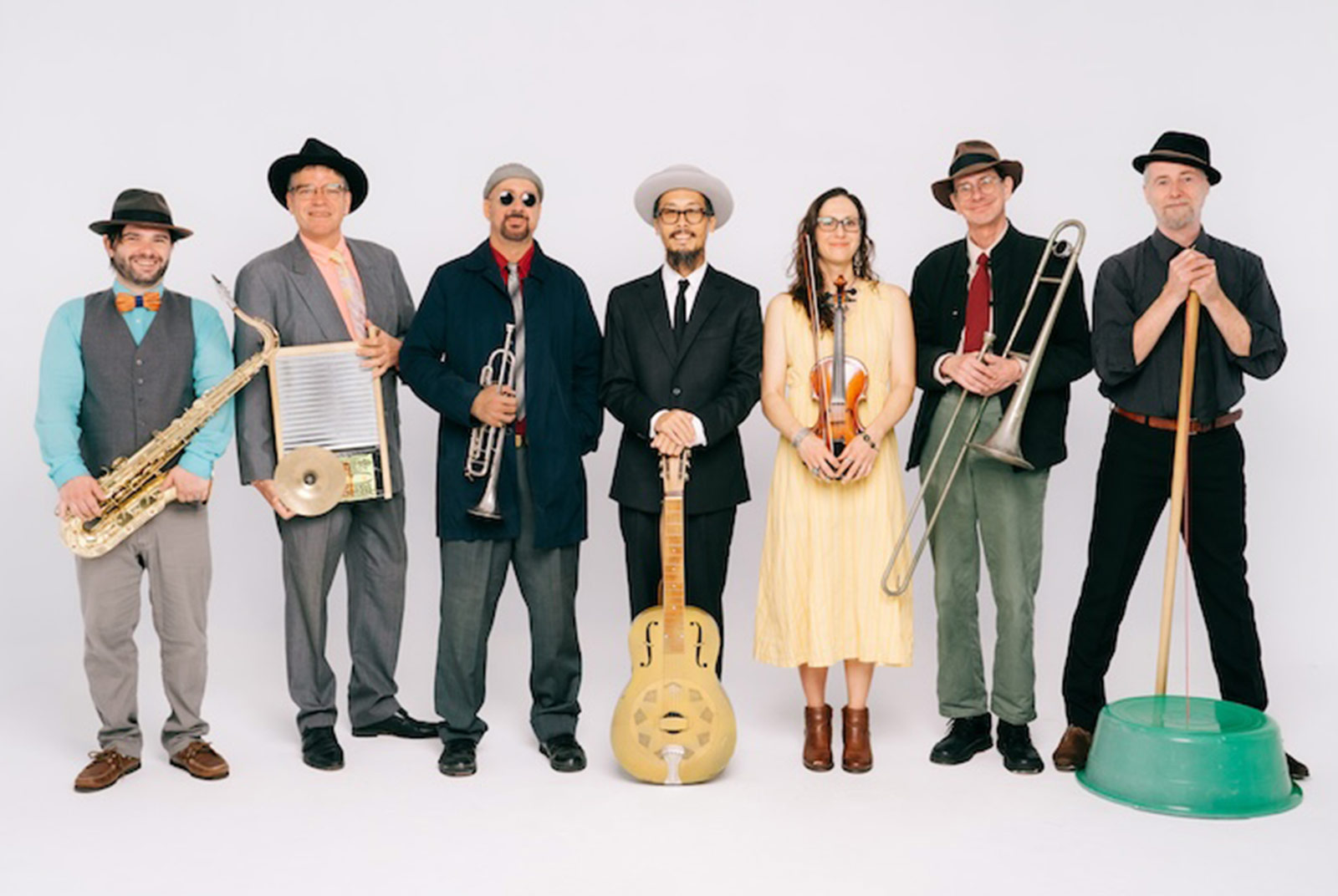Exploring the History, Handicrafts and Culture of Tainan City

Source:Taiwan Scene
If Taipei is Taiwan’s New York City, then Tainan is surely its Portland, Oregon.
Views
Exploring the History, Handicrafts and Culture of Tainan City
By Taiwan Sceneweb only
Not long ago my partner Stephanie and I were invited to take part in a two day tour of Tainan by the Tainan City Tourism Bureau. They offered us a few suggestions for places to check out, but were also genuinely interested in customizing the tour to fit our desires.
Stephanie and I had already spent a few weeks in Tainan and had pretty much covered all the Traditional Taiwanese spots. We’d gotten our fortunes told, visited several temples, and caught a Potehi (Taiwanese glove puppet) show. So we told them that we wanted to experience a few different aspects of Tainan. We’d not visited any of the city’s museums on our previous trips, and were hoping to include at least one on this trip. I also mentioned that Stephanie was quite interested in exploring the local handicraft scene. Winnie, my contact at the Bureau, said that this could easily be arranged.
History at the National Museum of Tainan
Arriving in the morning, we were picked up by Chen-hui and Chia-hao, who would accompany us on our exploration over the next two days. They whisked us over to the National Museum of Taiwan History, a fairly new and quite sprawling museum on the outskirts of the city itself. It’s an impressive place, and for a number of reasons. The first exhibit we were brought to resembled a parked train, which at first seemed a strange inclusion for a museum not specifically dedicated to rail travel. Once we sat down in the carriage, the lights dimmed and, through holographic projection, the train began a journey that began with the geological formation of Taiwan and ended pretty much in the present day.
“That was kind of cool,” Stephanie said, and I agreed.
 National Museum of Taiwan History (Source: Tourism Bureau of Tainan city government)
National Museum of Taiwan History (Source: Tourism Bureau of Tainan city government)
The holographic journey set the tone well for the museum itself, which is filled with artifacts and exhibits spanning Taiwan’s history. The museum was well laid out, with excellent signage in Chinese and English, and, as a final note, was 100% handicapped accessible. We could have spent the day there, but our guides had other plans.
 (Source: Taiwan Tourism Bureau)
(Source: Taiwan Tourism Bureau)
After lunch, we headed into town, and Chen-hui parked the van next to the Chihkan Towers. It’s among the most visited tourist destinations in Tainan, and we assumed that we’d be brought to at least pay quick homage to the famed statue of Foromsa’s last Dutch governor surrendering to Admiral Koxinga.
We were wrong.
Arts and Crafts in the Culture District
“My colleague said that you were both already quite familiar with Tainan’s best known attractions,” said Chen-hui. “Since we know you are more interested in crafts, we decided to take you to a few smaller places.”
Our first stop was the Quanxing Tatami Shop, a business that’s been creating traditional Japanese-style tatamis for generations. As the elder Li Jinshui sat quietly on a low stool, thick fingers driving a metal awl through layers of pressed straw, his grandson Li Zongxun explained why Taiwanese tatamis are in demand throughout the world.
 (Source : QuanXing Tatami Shop, Tainan)
(Source : QuanXing Tatami Shop, Tainan)
“The tatami’s we make here are excellent quality,” he said, speaking rapid fire as he showed us samples of various weaves. “The quality comes from material used, and how we make the mats themselves, using weaves that breath enough to survive in any degree of humidity without molding.”
I ask him if Quanxing Tatamis are sold overseas.
“Yes,” he answers, “but we can barely keep up with local demand. We are a small shop.”
After watching the Grandfather and Grandson Li work a bit longer, we headed down the block to Guangcai Embroidered Craft, another multi-generational shop. That Guangcai’s business is making embroidered handicrafts is obvious from the name, but the shop, located in the heart of Tainan’s temple district, has an unusual specialty. One of Guancai’s major outputs are the heavily detailed tapestries that adorn temples throughout Taiwan, tapestries depicting scenes from Chinese myth and history. Several people were hard at work during the time of our visit, and we learned that creating a typical tapestry that would go over a temple’s altar might take up to six months. But for those with less time, the shop also teaches shorter classes in embroidery.
 Handmade crafts at Guangcai Embroidery, Tainan
Handmade crafts at Guangcai Embroidery, Tainan
Tainan’s Characters and Cuisine
With a little time to kill before dinner, we wandered the neighborhood, noticing as we had on our previous trips that Tainan marches to the beat of its own drummer. Whereas rushing is the rule in Taipei, people in Tainan tend to saunter. Musicians played guitars and walls in alleyways that bore quirky, colorful artwork. If Taipei is Taiwan’s New York City, then Tainan is surely its Portland, Oregon.
Leaving the craft and temple area, we headed over to the West Market district for dinner at the Xiaoman Canteen (小滿食堂). The restaurant, located on a small alley off the main drag, looked and felt like a family home. The overall vibe was welcoming and comforting, and our traditional Taiwanese meals were excellent and freshly prepared. This made sense once I found out that Xiaoman was one of those unique restaurants that, rather than having a menu, instead served a nightly set meal based on the ingredients they’d purchased at the local market.
 (Source : Xiaoman Canting)
(Source : Xiaoman Canting)
Tainan’s Natural Side
After eating, we hopped in the car. The sun was long set, and I asked Chen-hui how long a drive we had to the hotel. “About an hour,” he answered. Tainan not being a terribly large city, I assumed I’d misheard.
Once again, I was wrong. “Our colleague said that you wished to experience a more unique side of Tainan,” Chen-hui said after I asked why we were driving so far out of the city. “So we will spend the evening at hotel called the Cham Cham. Tomorrow we will explore Tainan county’s natural side.”
A little under an hour later and the city was far behind us. We’d passed the gates of the Zengwen reservoir scenic area, and were so deep in Tainan’s natural side that by the time we reached the hotel I was half expecting the place to a luxury campground.
Once again our Tainan experience would prove to be full of surprises.
 Zengwen Reservoir Scenic area (Source: Siraya National Scenic Area)
Zengwen Reservoir Scenic area (Source: Siraya National Scenic Area)
Passing the gates of the Zengwen Reservoir Scenic area, we were so deep in Tainan’s natural side by the time we reached the hotel I was half expecting the place to be a campground rather than a hotel.
But even this far out of the city Tainan proved full of surprises. Overlooked by the surrounding mountains, the Cham Cham Hotel was indeed a hotel, and a nice one. But inside, it resembled something more akin to a luxury retreat for rich teenagers. After checking into our lovely-in-every-way room, we set about exploring the interior of the Cham Cham, which included a colorful library / chill out spot on the first floor, a laser tag parlor in the basement, and a well stocked convenience store attached to the lobby. We were almost bummed out that we’d have to leave in the morning. We ran into Chen-hui in the lobby.
“Oh yes, there is plenty to do here,” he told us. “Wait until you see it in the daylight. We won’t be leaving until 10am, so you will have some time to explore after breakfast.”
Our second day in Tainan would prove to be even more surprising than the first.
Discover why Portland is the Tainan of Taiwan, why chickens make good temporary house pets, how a veteran travel writer managed to trick his girlfriend into falling in love with Taiwan and so much more in the pages of Formosa Moon by Lonely Planet Author Joshua Samuel Brown and Stephanie Huffman.
Edited by Sharon Tseng
Additional Reading
♦ How Tainan Attracts Japanese
♦ Returning to Old Taipei at the Astoria Cafe
♦ The Mazu Pilgrimage Experience

Taiwan Scene is the online journal of MyTaiwanTour.
We publish stories introducing readers to the culture, scenery and travel possibilities of our homeland, articles to help travelers make the most of their time in Taiwan, and occasional interviews with movers and shakers from Taiwan’s ever-expanding creative scene.
Prolonged exposure to Taiwan Scene may instill in readers a profound desire to experience Taiwan personally. If these cravings persist, please contact us immediately.
Original content can be found at the website of Taiwan Scene.
♦ Exploring the History, Handicrafts and Culture of Tainan City
This article is reproduced under the permission of Taiwan Scene . It presents the opinion or perspective of the original author / organization, which does not represent the standpoint of CommonWealth magazine.







